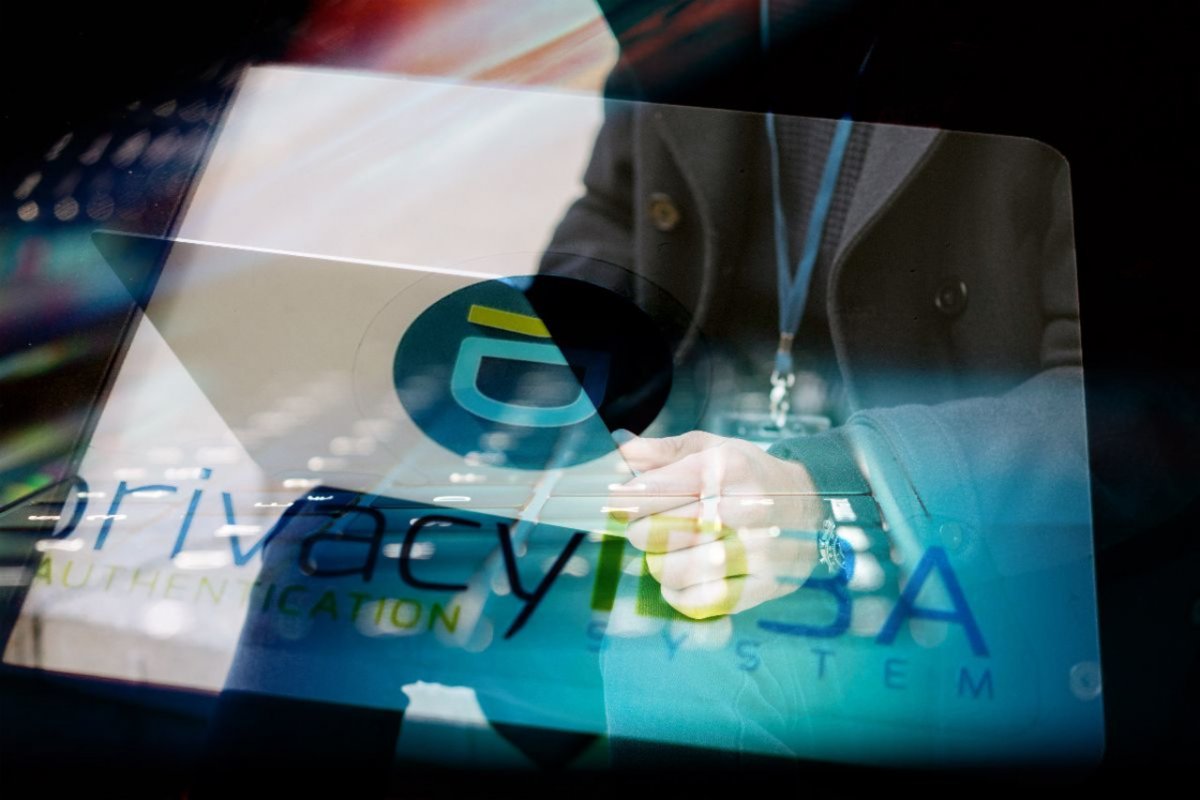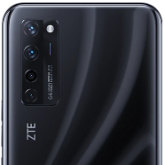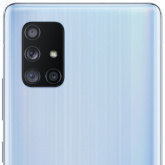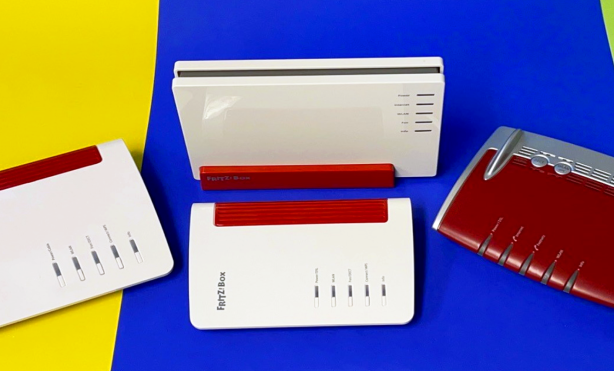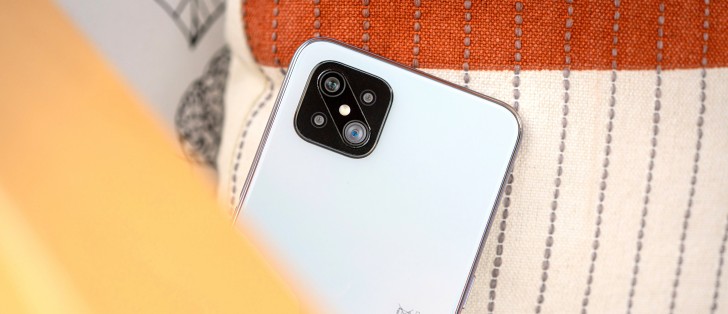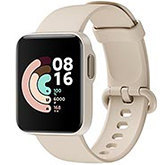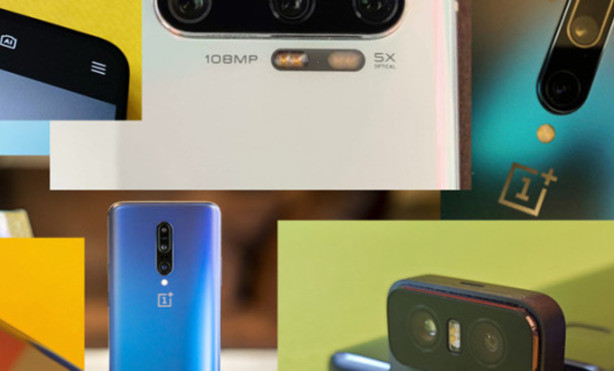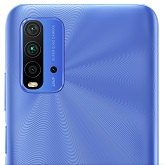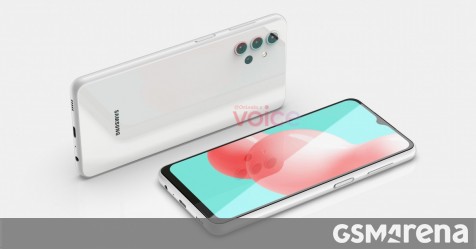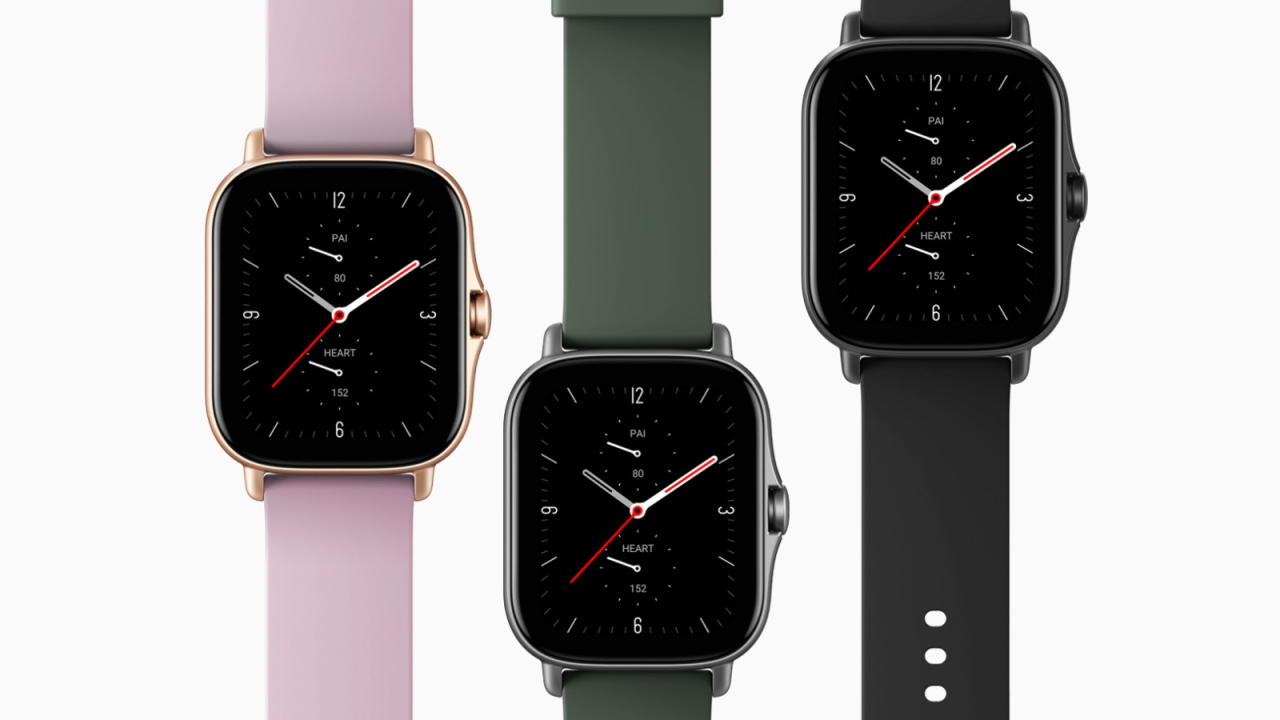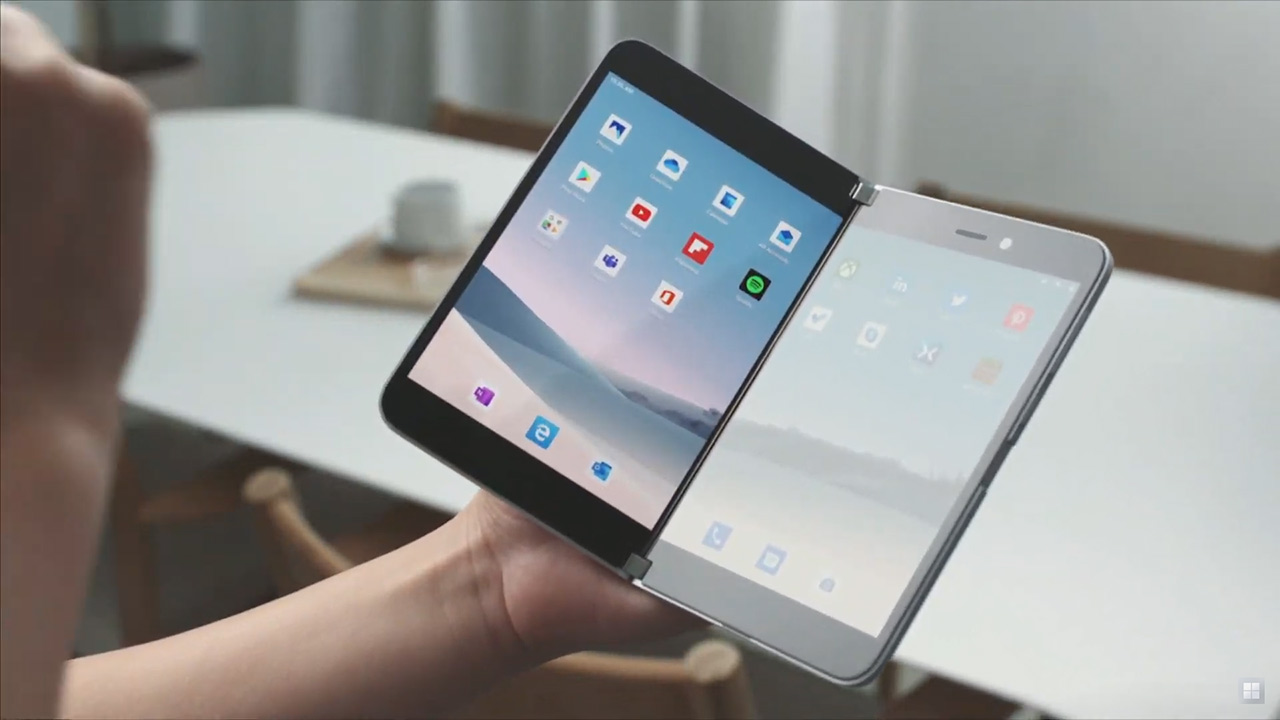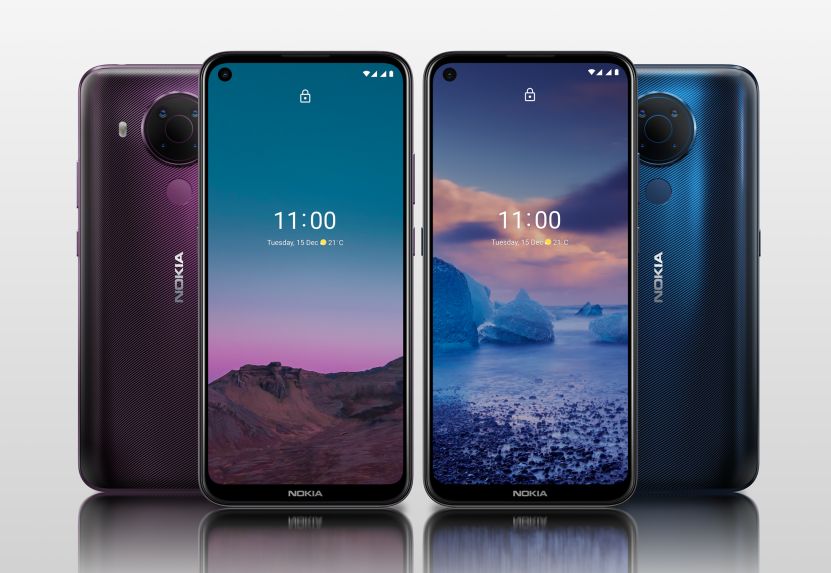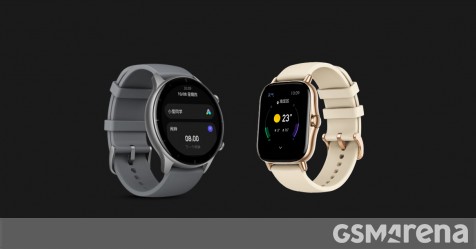(Pocket-lint) – Fitbit has been around for years, sitting at the top of its activity tracking class, smugly watching as its competitors hope to raise the same sort of brand awareness. For many, a fitness band is simply called “a Fitbit” – such has been the impact of this company – and it’s now being bought by Google, to add to its power.
We’ve broken down each of the Fitbit trackers, looking at how much each costs, what features it offers and why you might consider buying each one. This list is all about helping you work out which Fitbit will suit you and your lifestyle best.
Quick summary
The Fitbit Inspire is the cheapest fitness tracker in Fitbit’s offering, replacing the Zip, Flex and Alta. It offers all-day sleep and activity tracking, smartphone notifications, clock faces and interchangeable straps. It has a touchscreen display, is swim proof and it offers automatic exercise recognition too.
The Fitbit Inspire HR has a very similar design to the standard Inspire but it adds heart rate monitoring, more advanced sleep data, VO2 Max, Goal-Based exercise modes and Connected GPS. Other functions are the same as the Inspire, but it is a little more expensive due to the extra features.
The Fitbit Inspire 2 has a slightly more refined design compared to the Inspire and Inspire HR, offering many of the same features but doubling the battery life and adding Active Zone Minutes and Quick Replies for Android users.
The Fitbit Charge 3 offers everything the Inspire HR does, including swim tracking and Goal-Based exercise, but it adds more advanced smartphone notifications and it has an altimeter. There is also a Special Edition model with NFC for Fitbit Pay.
The Fitbit Charge 4 updates the Fitbit Charge 3, adds NFC as standard, offers Spotify controls and built-in GPS, so it’s better at accurately tracking workouts as a standalone device.
The Fitbit Versa Lite Edition moves into smartwatch territory, offering a middle ground between the Charge 3 and the standard Versa 2 smartwatch in terms of features and price. The Versa Lite Edition has the same features as the Charge 3, including swim proofing, but it adds apps. It loses Fitbit Pay however, as well as an altimeter.
The Fitbit Versa 2 is the next step up in the Fitbit smartwatch sector. It offers everything the Versa Lite Edition has, but it adds the altimeter back in, along with Fitbit Pay and built-in Alexa. Still no built-in GPS, but the Versa 2 has phone-free music, which the Charge 3 and Versa Lite Edition do not.
The Fitbit Versa 3 is an upgrade to the Versa 2, adding Google Assistant as an option on top of Alexa, a built-in speaker for taking calls, Pure Pulse 2.0 heart rate technology and most importantly, built-in GPS.
The Fitbit Ionic is more sportswatch in its design than smartwatch. It offers built-in GPS, water resistance up to 50-metres, mobile payments and smartphone notifications, as well as all the features found on other Fitbit devices. No voice assistants though.
The Fitbit Sense is the all-singing, all-dancing Fitbit smartwatch with a number of sensors on board. It has everything the Versa 3 offers, along with an EDA sensor for monitoring stress, the ability to take an ECG and a skin temperature sensor.
The very best Fitbit trackers available right now
Fitbit Inspire 2
squirrel_widget_338177
The Inspire 2 succeeds the Inspire HR and Inspire – below – offering a more refined design with softer, curvier edges and an inductive button over a physical button.
It delivers all the same features as the Inspire HR, including all day activity tracking, advanced sleep tracking with sleep score, exercise modes, female health tracking and smartphone notifications.
It doubles the battery life of the Inspire HR to 10 days however, whilst also adding Active Zone Minutes and Quick Replies for Android users.
The Inspire 2 comes in Black, Lunar White, Desert Poppy.
Fitbit Inspire
squirrel_widget_147539
The Fitbit Inspire is the entry level fitness tracker from Fitbit and it offers basic activity monitoring, including steps and calories burned, along with basic sleep tracking.
There’s a display for smartphone notifications and an on-screen dashboard, showing similar metrics to what you would find in the Fitbit app. The Inspire also offers waterproofing up to 50-metres but not swim tracking, and it doesn’t have elevation or heart rate monitoring either.
The Inspire is slim, slender and smaller than the Charge 3. It also offers interchangeable straps, allowing for a different look, as well as the ability to clip it to clothing with a specific accessory, and it is claimed to have a five-day battery life. As with all Fitbit devices, the Inspire connects to the Fitbit app via Bluetooth, offering a range of more detailed stats and data.
The Fitbit Inspire comes in two colours comprising Black and Sangria.
- Fitbit Inspire review: Is this pretty pedometer worth the money?
Fitbit Inspire HR
squirrel_widget_147357
The Fitbit Inspire HR features a very similar design to the Inspire, meaning a slim and sleek waterproof device with a display for smartphone notifications and progress.
It adds heart rate tracking and swim tracking though, along with a colour-matched buckle for a more secure fastening and it also offers connected GPS, Guided Breathing Sessions, Goal-Based Exercise Modes and VO2 Max.
The Inspire HR also offers more advanced sleep tracking data than the Inspire, though it still lacks elevation data and it doesn’t offer Active Zone Minutes like the newer Inspire 2, or as good a battery life.
The Inspire HR comes in three colours comprising Black, Lilac and Black with White.
- Fitbit Inspire HR review: The new fitness tracking king?
Fitbit Charge 4
squirrel_widget_217724
The Fitbit Charge 4 is an update to the Fitbit Charge 3, adding in a couple of new features, the biggest of which is the inclusion of GPS. Previously you had to use the GPS on your phone, but on the Charge 4 you can now get that direct from the device, giving location tracking, speed and distance, as well as elevation change from the altimeter.
That makes it a better exercise tracker overall as a standalone device, better than the Inspire models or the Charge 3. It also adds in NFC to support Fitbit Pay, something that was previously only available on special edition Charge 3 models, so it’s extra convenience. Adding to the convenience is Spotify control although you can’t download music to this device.
The battery is rated at 7 days, but this without the GPS – which does have a big impact on the life. It will track GPS activities up to 5 hours, so will cover a lot of events like 5 or 10km runs, but won’t cover anything longer – and that will use up a lot of the battery life.
All the other metrics from the Charge 3 are included – sleep tracking, steps and so on – but the Charge 4 also introduced active zone minutes, which is designed to focus on boosting heart health through your activities, regardless of steps. It’s better positioned to reward varied activities rather than depending on steps as a metric.
- Fitbit Charge 4 review: The most accomplished fitness band?
Fitbit Charge 3
squirrel_widget_145405
The Fitbit Charge 3 is the successor to the Charge 2, refining and streamlining its design, whilst also adding waterproofing up to 50-metres and swim tracking, like the Inspire HR. There is a 40 per cent larger and brighter OLED display compared to the Charge 2 and it is touch-enabled, rather than just tap-enabled, allowing users to swipe through all the metrics they’d find in the Fitbit app, including hydration.
All of the Inspire HR’s features are on board, including Connected GPS and continuous heart rate monitoring, but you’ll also get a few extras with the Charge 3, including elevation data and the option of an NFC-enabled model.
The Charge 3 also has Run Detect with auto stop, meaning runners can stop at lights without manually hitting pause on their workout. Smartphone notifications are also a little more advanced than the Inspire HR with Quick Replies for Android users.
The Charge 3 is available in two standard options of Graphite with a Black strap or Rose Gold with a Blue Grey strap. There are also two Special Edition models that are NFC-enabled, offering Fitbit Pay. The Special Edition models have the same case options but the graphite has a white perforated sports strap, while the rose gold has a purple fabric strap.
- Fitbit Charge 3 review: A stand-out smart fitness tracker
Fitbit Versa Lite Edition
squirrel_widget_148336
The Fitbit Versa Lite Edition is the first step from fitness tracker to smartwatch in Fitbit’s portfolio. It offers many of the same features as the Charge 3, including waterproofing, heart rate tracking, sleep stages, swim tracking and Connected GPS, though it misses out on elevation data and Fitbit Pay capabilities.
It does have the ability to install some third party apps however, something that sets it apart from the Charge, and it also looks more like a watch than an activity tracker. Additionally, the Versa Lite Edition comes with interchangeable straps like other Fitbit devices and it has the option of designer accessories too.
The Versa Lite Edition comes in four colours, including Silver Aluminium with White, Silver Aluminium with Purple, Marina Blue Aluminium with Marina Blue strap and Mulberry Aluminium with Mulberry strap.
- Fitbit Versa Lite Edition review: Lower price with little compromise
Fitbit Versa 3
squirrel_widget_338157
The Fitbit Versa 3 succeeds the Versa 2 – below – but it adds some of the main features missing from the 2019 device.
There’s a built-in speaker for taking calls, along with built-in GPS and there’s also Google Assistant on top of Amazon Alexa.
You’ll also find fast charging on the Versa 3, along with all the other features you’d expect from a Fitbit smartwatch including all day activity tracking, sleep tracking and smartphone notifications. There’s also Fitbit Pay as standard and Pure Pulse 2.0 heart rate technology like the Sense (below).
The Fitbit Versa 3 comes in three colours: Pink Clay and Soft Gold Aluminium, Black and Black Aluminium, Midnight and Soft Gold Aluminium.
Fitbit Versa 2
squirrel_widget_166746
The Fitbit Versa 2 is a step up from the Versa Lite Edition, though part of the same family, offering a smartwatch that’s more lifestyle and less obviously sporty than the Ionic (below). Like the Versa Lite Edition, the Versa 2, offers a metal body waterproofed to 50m with rounded corners and a domed back, and it comes with interchangeable straps.
All the same features as the Versa Lite Edition are on board, but as you would expect, the Fitbit Versa 2 offers a couple more compared to the Lite model. These include elevation data like the Charge 3, built-in Alexa, music storage, an Always On display mode, Sleep Mode and support for Spotify.
As with the Lite model though, the Versa still only offers Connected GPS – you’ll need the Charge 4, Versa 3, Sense or Ionic if you want built-in GPS from Fitbit. Support for smartphone notifications, with quick reply support for Android is on board though, and there is also Fitbit Pay support.
The Fitbit Versa comes in five colours including Carbon Aluminium with a Black strap, Mist Grey Aluminium with a Stone strap, or Copper Rose Aluminium with either a Petal strap, Bordeaux strap or Emerald strap. There are also two Special Edition models that come with both a woven strap and classic strap.
- Fitbit Versa 2 review: Alexa, what’s the new Fitbit smartwatch like?
Fitbit Sense
squirrel_widget_338197
The Fitbit Sense is the company’s most accomplished smartwatch, taking on a similar design to the Versa family but offering more features.
It has all the features from the Versa 3, along with a EDA sensor for stress monitoring, the ability to take an ECG (pending approval) and a skin temperature sensor.
Along with these additional sensors, the Sense smartwatch has built-in GPS, both Google Assistant and Amazon Alexa voice assistants and it still promises a six day battery life.
There’s also a built-in speaker, allowing for Bluetooth calls and responses from the voice assistants and there’s the Pure Pulse 2.0 heart rate technology too, which can detect high and low heart rate and notify you when you go above or below your normal thresholds.
The Fitbit Sense comes in two colours of Carbon and Graphite Stainless Steel or Lunar White and Gold Stainless Steel.
Fitbit Ionic
squirrel_widget_142011
The Fitbit Ionic is more sportswatch looking in design and offers all the features available on both the Charge 3 and Versa 2 (except Alexa), while adding a few of extras like built-in GPS. It misses out on some of the features offered by the latest Sense smartwatch though.
It comes with partner apps like Strava and it offers on-screen workouts like the Versa and Sense devices. The Ionic also has interchangeable straps and a unibody made from aerospace aluminium for a premium look.
The Fitbit Ionic is said to have a 4-day battery life and it offers extended smartphone notifications to include apps like Facebook, WhatsApp and Gmail, like the Versa family, Inspire family and Charge 3 and 4 also do. The Ionic is available in three colours, each of which are compatible with the two leather straps and three sports bands available separately.
- Fitbit Ionic review: Bridging the gap between fitness tracker and smartwatch
Writing by Britta O’Boyle.
